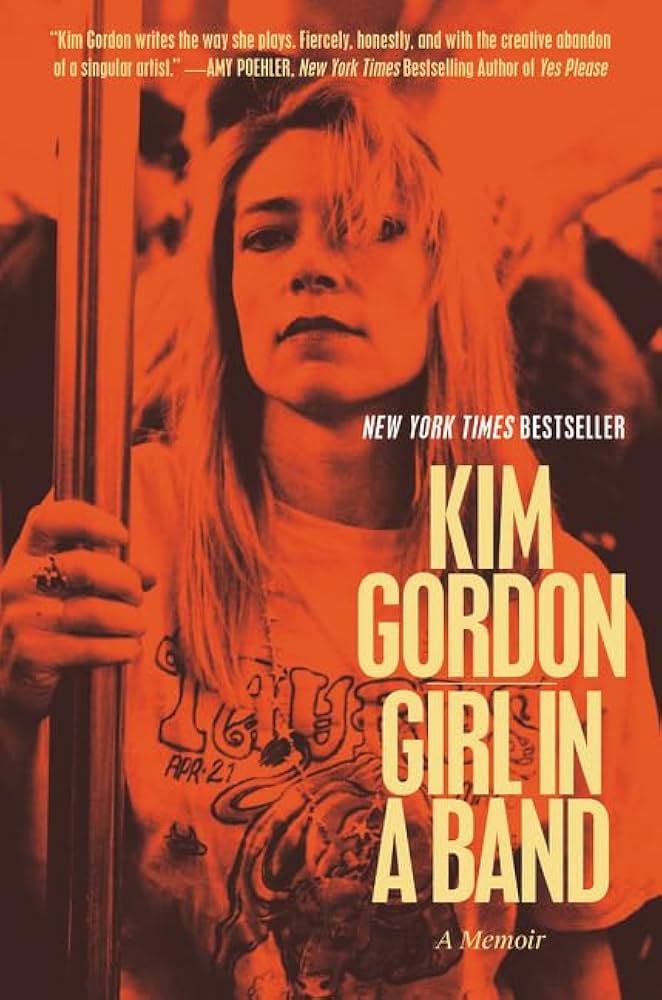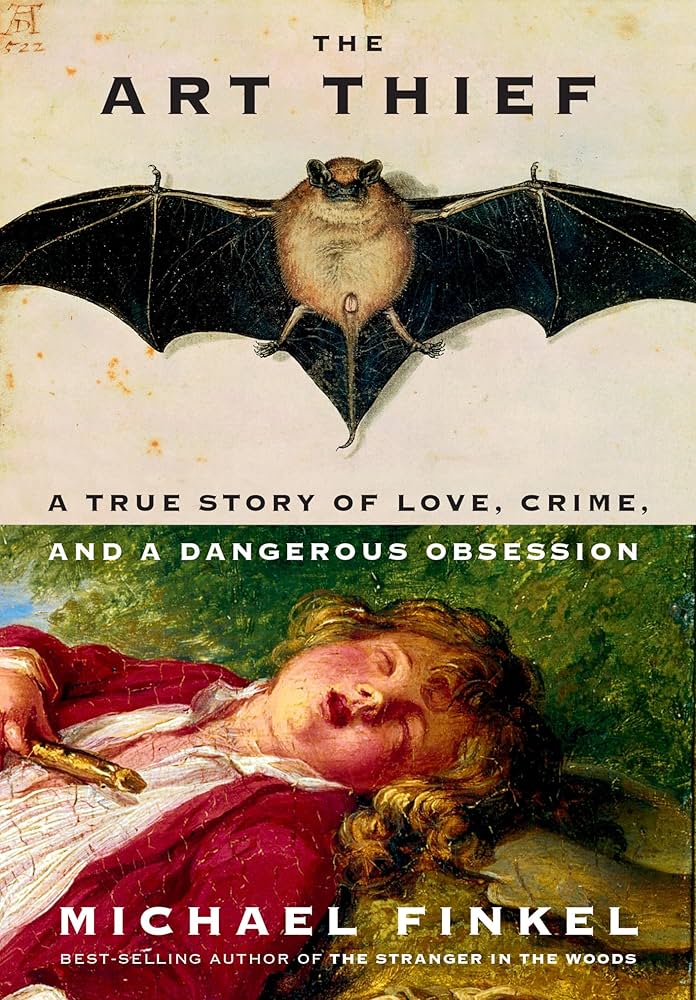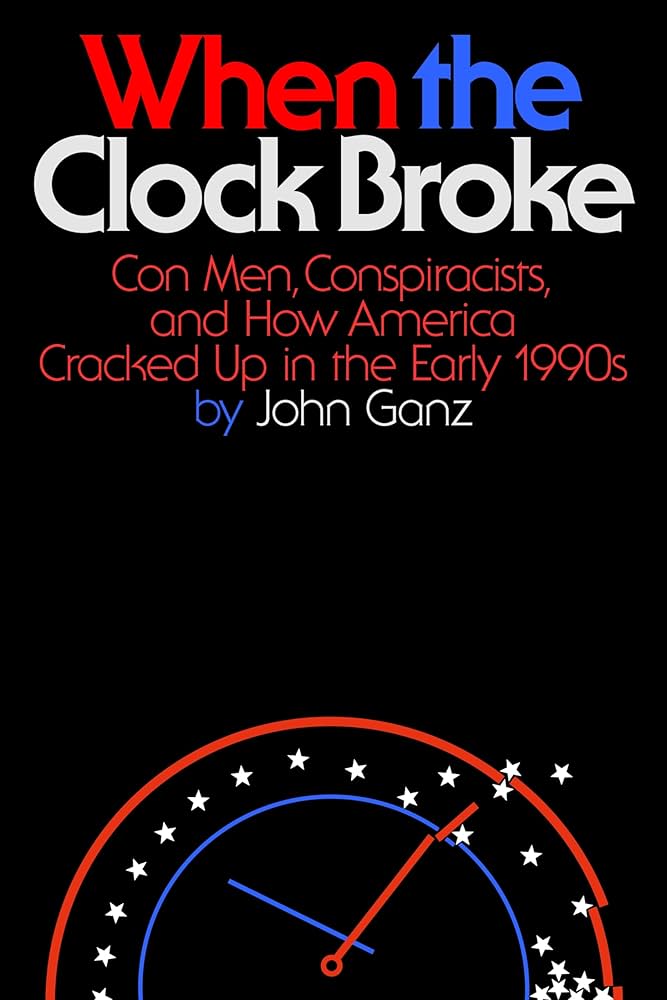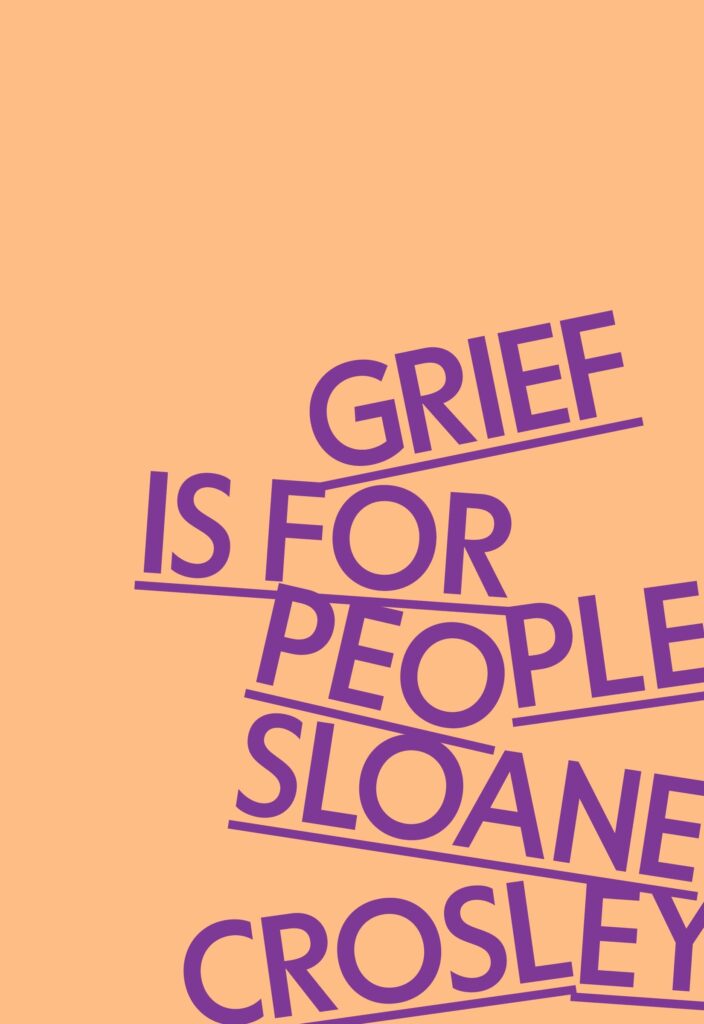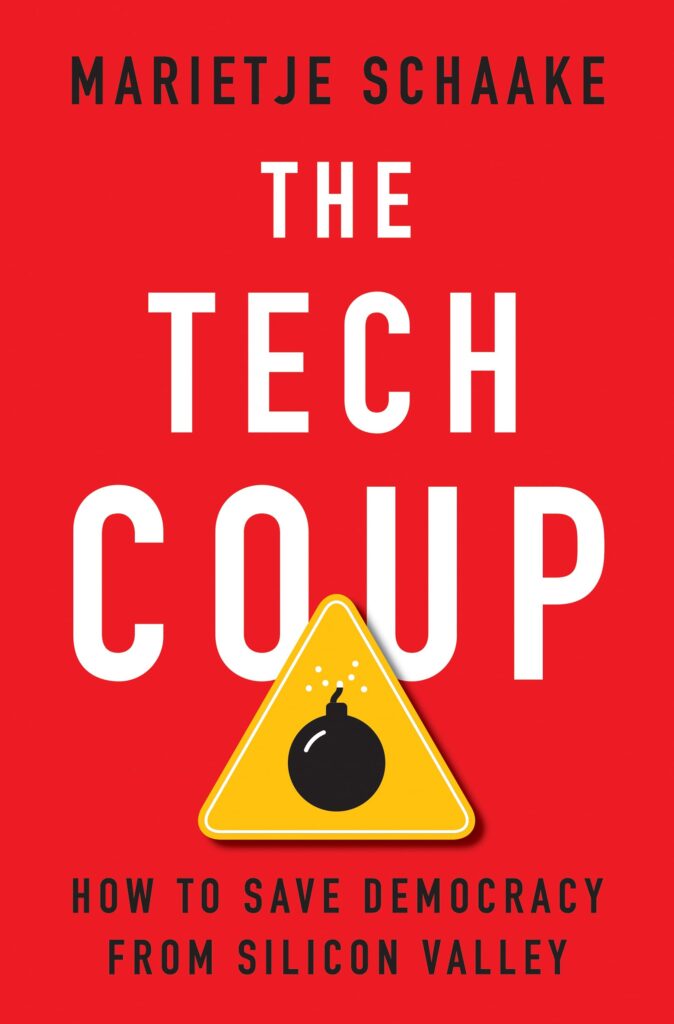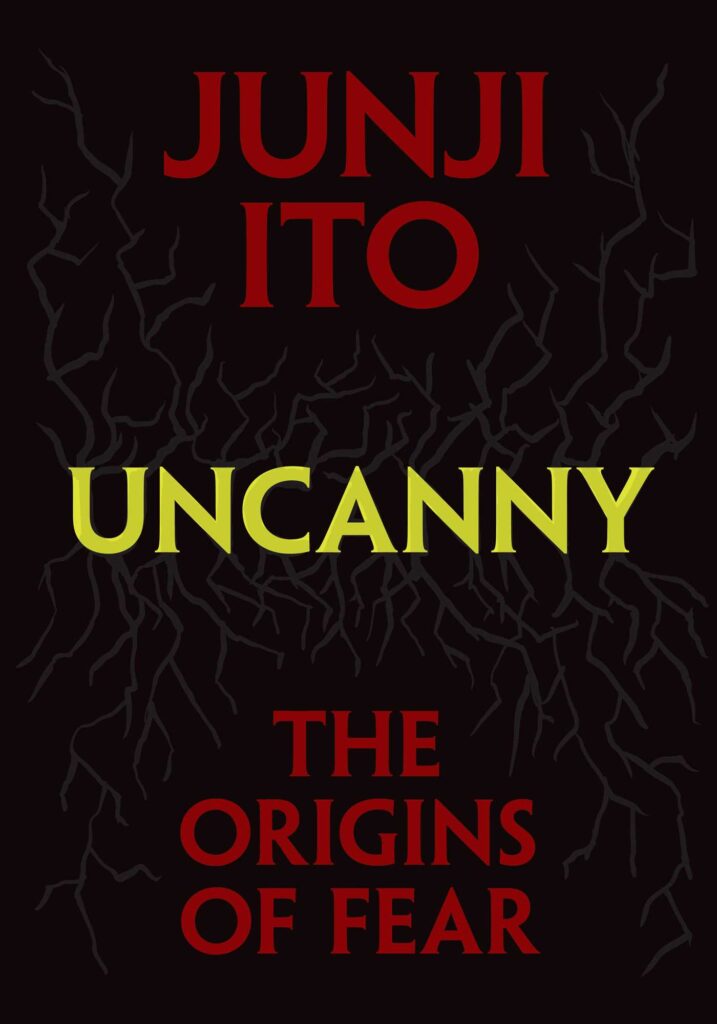Kim Gordon has been one of the coolest people in music since before I was born. Sonic Youth, the band she formed with her boyfriend (then husband, now ex-husband) Thurston Moore, is maybe even more iconic in 2025 than at their creative peak in the 90s. Her memoir, Girl in a Band, has come up twice in the last couple weeks: Gordon is referenced in the Backstory posts from both Nadia from KAPUT and PANIK FLOWER (plus it’s conspicuous in their Tiny Desk audition). Gordon is an icon, an inspiration and a role model, but reading her memoir, it doesn’t seem like something she gives much thought to.
The first half of the book is her life before Sonic Youth: growing up mostly in California, moving to New York for the art scene. There’s a wistful look at 80s New York, with figures overlapping both Patti Smith’s memoir and the art scene that Keith Haring was part of. Gordon has stories about dating Danny Elfman, recording with Chuck D, and visiting William S. Burroughs with Michael Stipe (and with her toddler in tow).
Rather than presenting herself as a mythic rock star, Gordon comes across as a levelheaded working stiff—someone for whom music, art, and performance are a job, one she approaches with seriousness and dedication. Despite sharing the stage with legends like R.E.M., Neil Young and Eddie Vedder, she rarely expresses awe for her peers. The notable exception is Kurt Cobain, for whom she reserves a kind of dreamy admiration. Her prose is candid, sometimes raw, and often marked by a sense of resignation and anger, particularly regarding the dissolution of her marriage and band. She’s blunt about peers: Billy Corgan’s a “crybaby,” Jeff Koons is forgettable, and Courtney Love gets a scathing takedown for her “mental illness” and role in Cobain’s downfall. Her venom for Love feels bitter, and surprisingly out of step with the her otherwise even keel.
Gordon is open about her insecurities, her shyness, and her discomfort with being seen as a fashion icon or a symbol. She describes herself as “frumpy and nerdy,” and her onstage persona as a mask for her deep sensitivity and lack of confidence. The book is more a meditation on the realities of a creative life than a collection of celebrity anecdotes or tales of excess, written in a voice that’s honest and relatable.
There’s also a literary edge to her music – not only was a Sonic Youth song inspired by William Gibson’s Pattern Recognition, her new album is inspired by Jennifer Egan’s The Candy House.
A central, and often heartbreaking, thread in the memoir is Gordon’s relationship with her older brother, Keller. She describes him as brilliant, manipulative, and mentally ill (a paranoid schizophrenic), and details the profound effect he had on her personality and emotional development. Growing up, Gordon became “his opposite, his shadow-shy, sensitive, closed” as a defense mechanism against his sadism and relentless mockery. This fraught sibling dynamic is presented as formative, shaping her later relationships and her need for emotional outlets in art and music. The memoir returns to Keller repeatedly, making clear that this relationship is as significant to her story as her time in Sonic Youth or her marriage.
Gordon uses her personal story to comment on broader issues in art, gender, and the music industry. She discusses the pressures and expectations placed on women in rock, the male gaze, and the way her gender affected her role both on stage and within Sonic Youth. Her writing is often critical of the industry’s sexism and the ways women are evaluated based on appearance as much as talent. She also reflects on her broader artistic interests, including fashion and visual art, and how these intersected with her music career.
When Girl in a Band was released, Gordon told Pitchfork that the it’s “important to find a thread in your life and have the confidence to follow it, if it’s leading you somewhere interesting”, and whether by chance or by design, she’s done exactly that.
Further Reading
NYT review (written by Questlove!)
Pitchfork review and interview
Backstories: KAPUT and PANIK FLOWER (and their Tiny Desk audition, with memoirs by Patti Smith and Bob Dylan)

